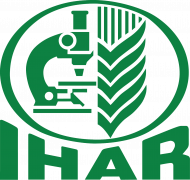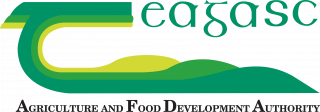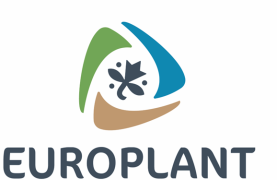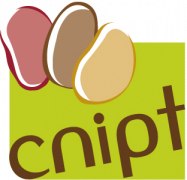Determination of virus incidence rates of PVY, PVA, PVX, PVM, PVS, and PLRV is crucial for certifying the EU’s Super Elite seed potatoes. Typically, lower-class seed potatoes are categorized by PVY and PVA rates. Our analysis covered 1023 seed lots tested for certification in Estonia from 2007 to 2022. We found that in 112 Super Elite potato seed lots, PVY incidence was 2.43%, PVM 0.48%, and PVS 0.11% over 16 years, with PLRV and PVX being rare. No PVA was detected. In 911 lower-class seed lots, PVY incidence was 3.92%, and PVA was not detected. PVY incidence from 2007 to 2022 showed a weak positive correlation with July temperatures and precipitation, and a weak negative correlation with August temperatures. One-way ANOVA analyses of the 32 most frequently cultivated varieties revealed significant infection rate differences (p < 0.0001), allowing for the categorization of potato varieties into susceptibility/resistance groups. Laura, Jelly, Gala, and Princess were placed among very highly resistant varieties, whereas Ando, Arielle, Arcona, Rosagold, and Folva were placed among very susceptible varieties. Varieties like Secura, Romera, Folva, and Rosagold were more susceptible than reported earlier. Climatic variables did not affect very resistant or resistant varieties, while PVY incidences were significantly influenced in some of the susceptible or very susceptible varieties. This impact was more pronounced on varieties of non-local origin. The study suggests that long-term monitoring data collected via the national seed potatoes certification system can provide valuable and independent insights into varieties´ susceptibility/resistance under regional conditions.
Full publication URL















